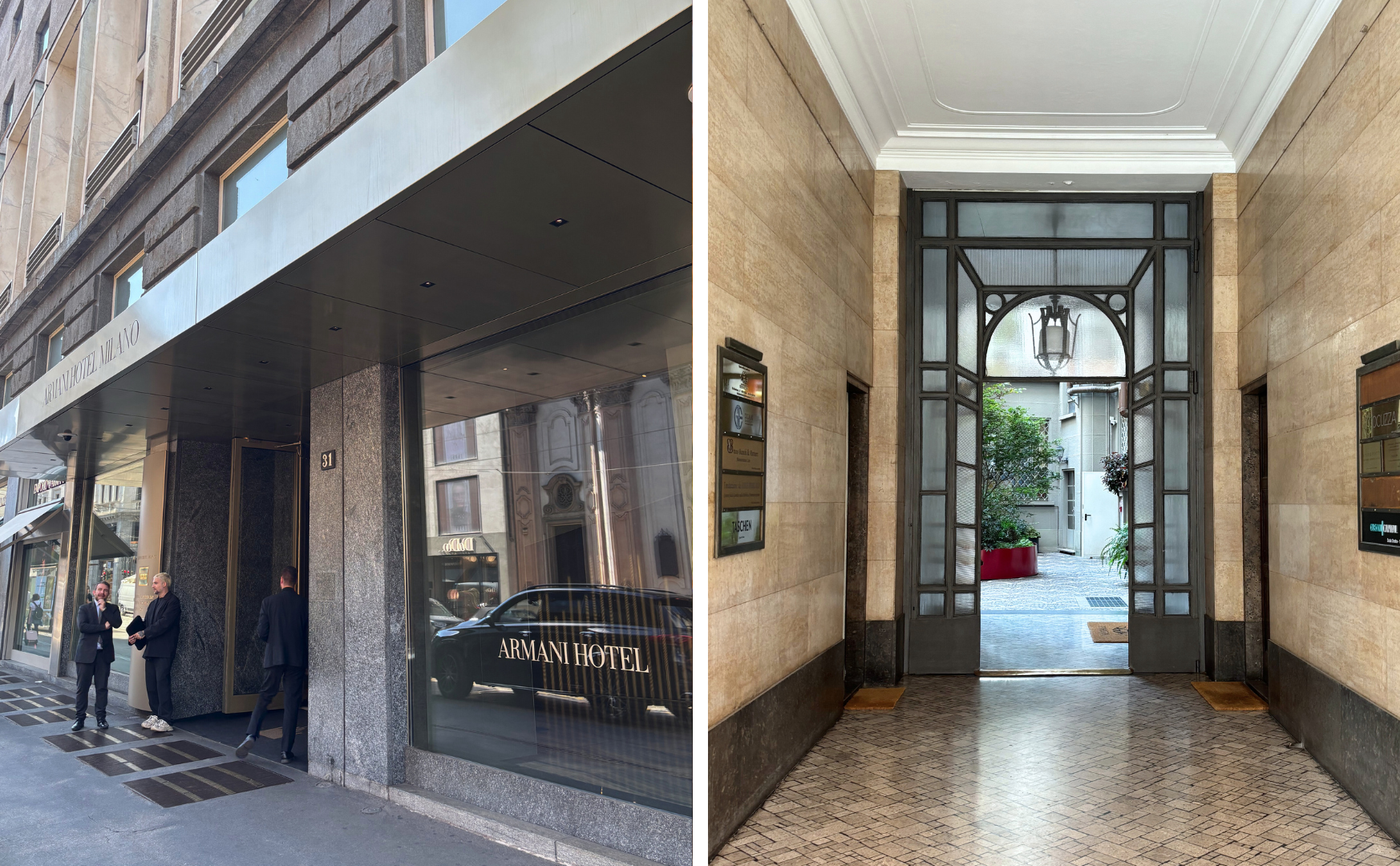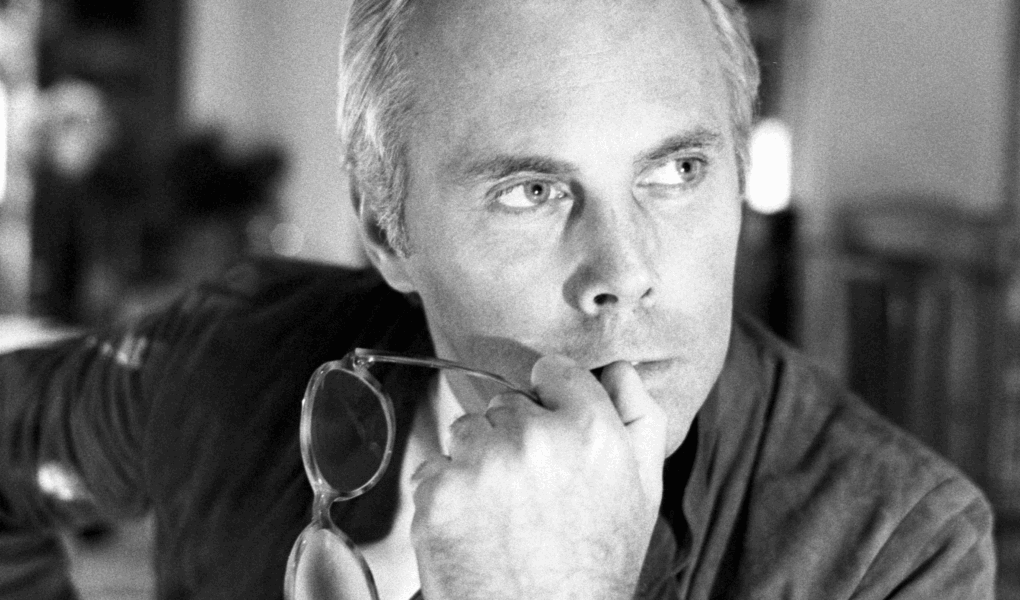Views: 393
When I stepped off the train in Milan yesterday, I couldn’t shake the weight of sadness. Even though the sun was shining, even though it was my first time in the city, even though I casually strolled by a paparazzi-flanked celebrity on the cobblestone streets, the vibe around town felt off. I didn’t know why the flags flopped with gloom, why the Armani Hotel was ablaze with commotion—until I opened my phone.

Photography by Erica Commisso
Giorgio Armani, the legendary fashion designer who championed the city he loved, passed away on September 4 after a battle with illness. The loss was palpable. Grief reverberated through each historical building—through the fashion mecca that is the Galleria Vittorio Emanuele II and every corridor that held a piece of Armani’s heart. It cut through the buzz of the construction amid the city’s preparation for the 2026 Olympics, through the tourism and sounds of Italian culture. Perhaps poetically, rain descended upon the city as the day progressed. Despite all the life Armani brought to the city, at least for now, Milan is in mourning. In June 2025, the designer was absent from the final bow of both the Emporio Armani and Giorgio Armani Spring 2026 menswear shows—a first in his career. Prior to his passing, he was reportedly preparing for his namesake label’s 50-year celebration, set to take place during Milan Fashion Week. “Giorgio Armani deserves, as a legendary figure, to be remembered as unique and irreplaceable, and that is also why he will always remain in our hearts,” says Nicoletta Cosolo, an image consultant and personal shopper in Milan, who worked with and for Armani. “I learned that nothing should be left to chance. That precision, being demanding and strict with oneself, and never giving up is the right path to success. I still collaborate today with his boutiques to offer my international clients the opportunity to dress not only their bodies, but above all, their minds.” Armani founded his eponymous label in 1975, when he was 40 years old, reportedly with the $700 he made after selling his Volkswagen Beetle. He built it into a luxury fashion house and dressed megastars like Julia Roberts, Demi Moore, Margot Robbie and countless others.

Photo by Ron Galella, Ltd./Ron Galella Collection via Getty Images
“The main reason why Giorgio Armani will always play a leading role in fashion history is because he was the inventor of prêt-à-porter, and therefore the undisputed king of Italian fashion,” says Eleonora Chiais, a researcher at the University of Turin with an upcoming book, What Is the Philosophy of Fashion. “In an era of hyper fast fashion, digital couture and brands more oriented towards sensationalism than quality, he leaves a legacy linked to ‘know-how,’ awareness, research and an invitation to return to what is really important in fashion: the intrinsic characteristics of the product.”
“I still collaborate today with [Giorgio Armani’s] boutiques to offer my international clients the opportunity to dress not only their bodies, but above all, their minds.”
Aleksandra Pilipenko, a Milan-based stylist and consultant, points to Armani’s legacy as something to be maintained with the same care and precision he brought to every single piece of his clothing. “It’s always sad when an era or a legend passes away,” she says. “But it’s interesting how future generations will develop and pass it on. I want not only to preserve the legacy of a genius, but also to see how it continues to live.” Pilipenko also points to Giorgio Armani’s own words to highlight his impact, his place in modern fashion and his own wishes for his brand’s future. “I belong to the last free generation, and I am also its last surviving representative,” Armani once said. “The House of Dior exists, but Dior is long gone. Chanel lives thanks to Karl Lagerfeld. I hope Armani will live without me.” Continue Reading



